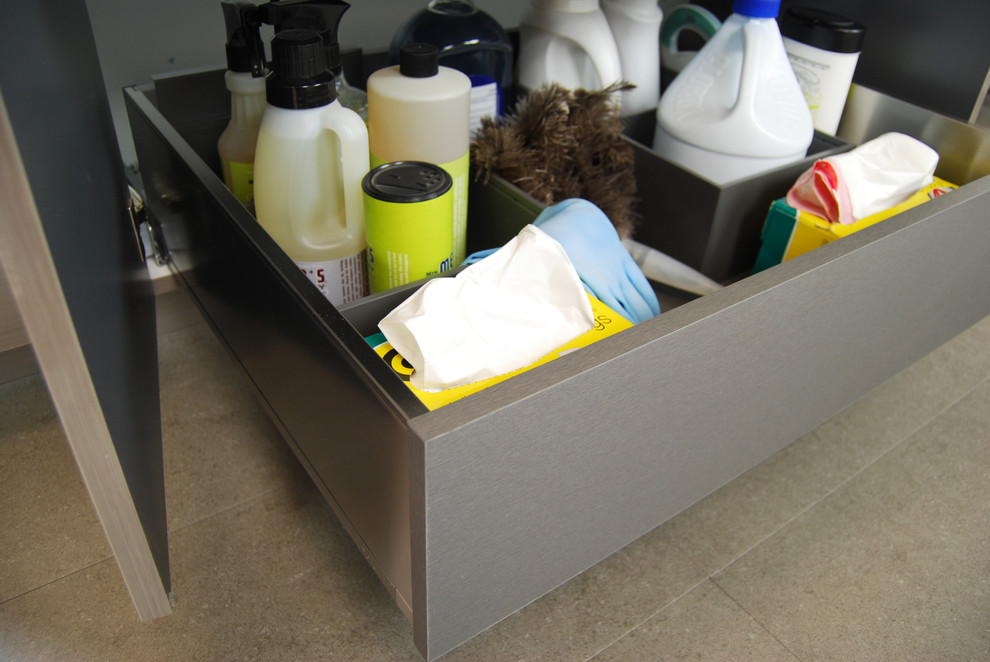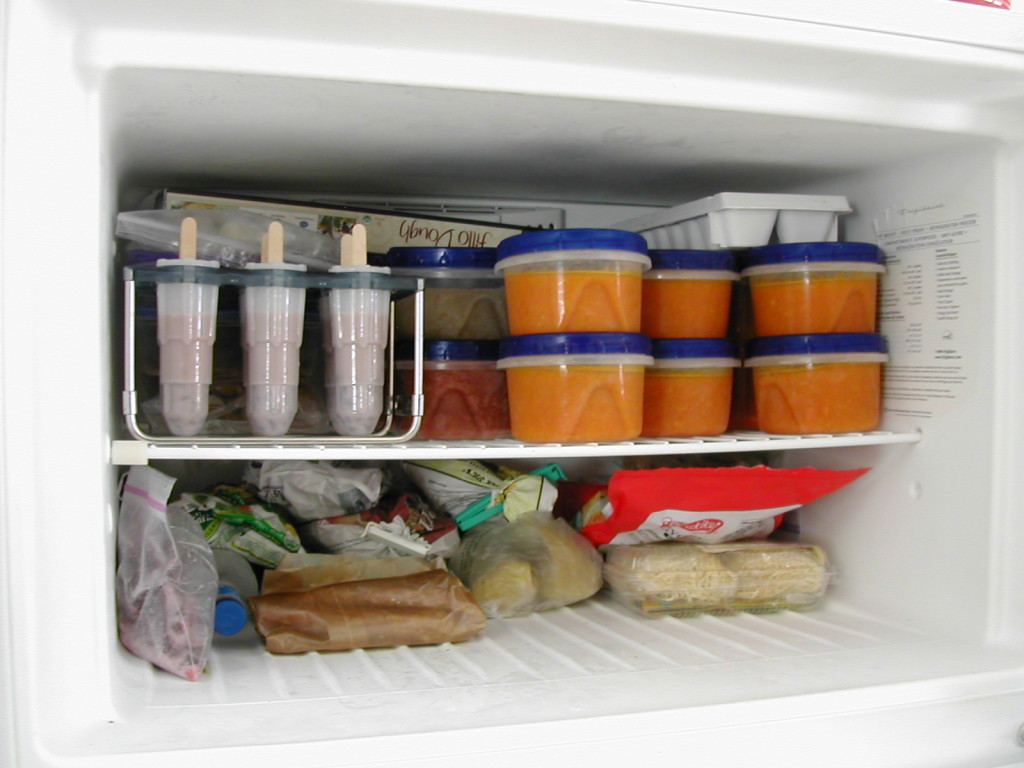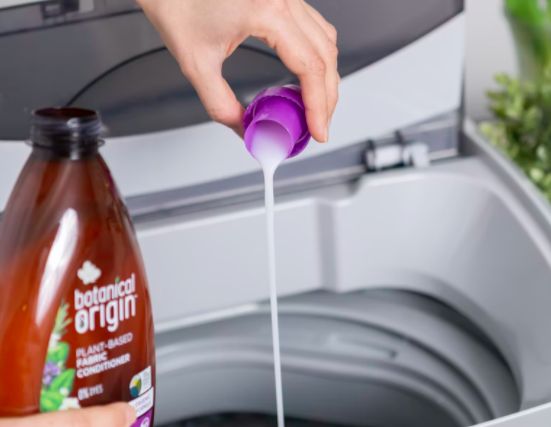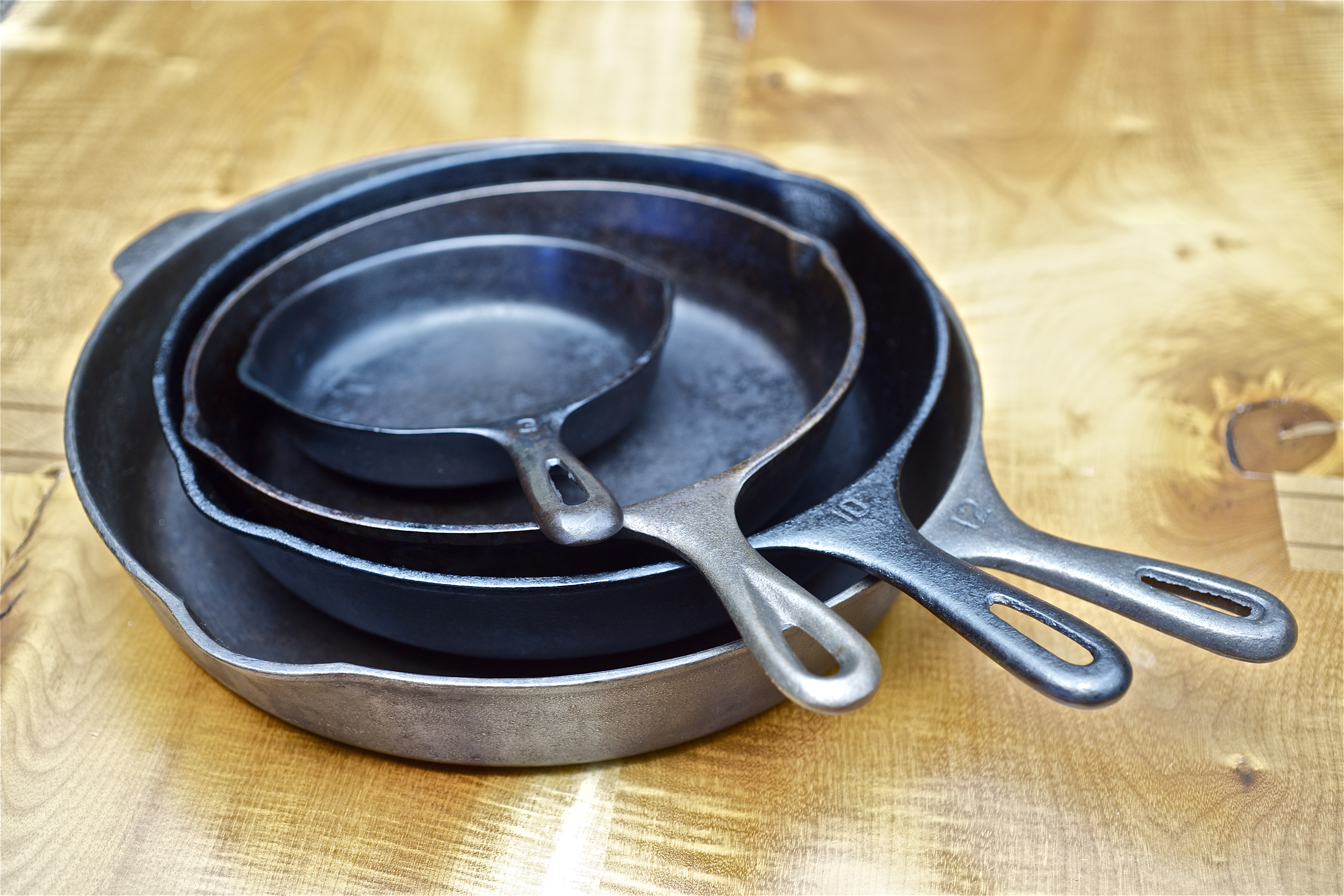6 Common Household Products That Are Terrible for Your Health

Home is where you should feel the safest, yet several everyday household items can negatively impact your health!

Today, we’ll look at six toxic common household products and discuss the potential health concerns associated with their use.
Which Household Products are Toxic?
1. Air Fresheners
Think those fragrant sprays are banishing bad smells? Think again! Many air fresheners contain chemicals that contribute to indoor air pollution. While leaving your home smelling fresh and floral may seem inviting, most air fresheners contain harmful volatile organic compounds (VOCs) like acetone, benzene, and formaldehyde. Studies link exposure to these chemicals with a higher risk of asthma, allergies, headaches, respiratory issues, and cancer.
Consider natural air purifiers like essential oil diffusers for a safer and fresher home environment. Open windows regularly instead of masking odors. You can also experiment with indoor houseplants to purify the indoor air.
2. Lead Paint
Though banned in the late 1970s, older homes may still contain lead-based paint on walls and woodwork.
If your house was constructed prior to the 1980s, there’s a high chance of lead paint being used. Buildings built before the 1940s have the highest chance of containing lead paint, according to the EPA.
Chipping paint dust or crumbling walls can release lead particles into the air, posing a serious health risk, especially for young children. Lead exposure causes lead poisoning, which leads to staggered growth, learning impairments, and even psychological disorders in children.
If you suspect lead paint in your home, don’t panic! Testing kits are readily available, and qualified professionals can safely remove or encapsulate the paint.
3. Laundry Detergents and Powders
Often overlooked, many conventional laundry detergents contain synthetic fragrances, dyes, and harsh chemicals.
These compounds, like parabens, sulfates, and phosphates, can irritate your skin, trigger allergies, disrupt your hormones, and, in rare cases, even cause asthma. They don’t stop there; these chemicals can escape into waterways and damage the environment and aquatic life.
Thankfully, eco-friendly brands without these harsh additives are now widely available.
Plant-based, fragrance-free liquid or powder detergents with simpler formulas are just as effective while being gentler on the skin. Using enzyme-powered cleaners or DIY solutions like baking soda and vinegar can also be highly potent.
4. Nonstick Cookware
We all love the ease of non-stick pans, but this slipperiness isn’t without its secrets. Non-stick cookware is coated with polytetrafluoroethylene (PTFE), aka Teflon. According to Torhoerman Law, perfluorooctanoic acid (PFOA), a chemical used in Teflon coatings, can cause potential health issues like thyroid dysfunction, hormone disruption, and various types of cancer.
To play it safe, search for safer alternatives like cast iron, stainless steel, ceramic, or “PFOA-free” cookware.
5. Hair Straighteners
A staple in many beauty routines, chemical-based hair straighteners can pose health hazards if used improperly.
Prolonged exposure can lead to hair damage, including breakage and dryness. Moreover, the recent hair straightener lawsuit against brands like L’Oréal and Revlon has cast a shadow on the safety of hair straighteners. The high heat from ceramic plates, combined with chemical fumes released from overheated hair product residue, creates a concerning indoor air quality issue.
Formaldehyde, a known carcinogen, is emitted from hair straighteners at high temperatures. VOCs released during use can also irritate the airways and potentially contribute to long-term health issues.
The solution? Invest in newer models with ceramic or tourmaline plates that emit fewer harmful chemicals. Always use a heat-protectant spray to reduce damage and chemical exposure. And remember, less is more – limit frequent use and explore gentle styling alternatives like air drying or braids.

6. PVC Products
The “new plastic” smell may seem nostalgic and harmless. However, PVC has been linked to potential health and environmental hazards.
Vinyl chloride, a major PVC component, is a known carcinogenic and volatile gas with a meek, sweet odor. PVC emits toxic gases that cause both short- and long-term health risks. Moreover, they are also known for releasing compound softeners known as phthalates (in vinyl flooring), lead additives (in blinds), and harmful epoxies.
Consider avoiding vinyl shower curtains, polyester clothing, foam play mats, inflatable toys, and other flexible PVC products in homes with children. Further, never heat food in PVC containers or plastic wrap at high temperatures.
Opt for natural materials like glass, wood, or stainless steel whenever possible. When out shopping, look for “phthalate-free” or “PVC-free” labeled products. These labels mean that the products are FDA-approved, and they limit exposure to hormone-disrupting chemicals that make their way into your body.
While we rely on many chemical-laden products for household convenience, being an informed consumer is key to reducing risk.
From air fresheners and lead paint to laundry detergents and non-stick cookware, these products can contribute to indoor air pollution, trigger allergies, and even lead to serious health issues such as cancer and reproductive problems. It’s essential to be mindful of the potential risks associated with these products and consider safer alternatives.
By choosing eco-friendly, fragrance-free, and natural options, we can create a healthier and safer home environment for ourselves and our families. Remember, small changes in product choices today can yield significant long-term health benefits tomorrow.
Stay vigilant, stay informed, and create a safer haven within your home. Your health and well-being are worth the conscious choices you make.








